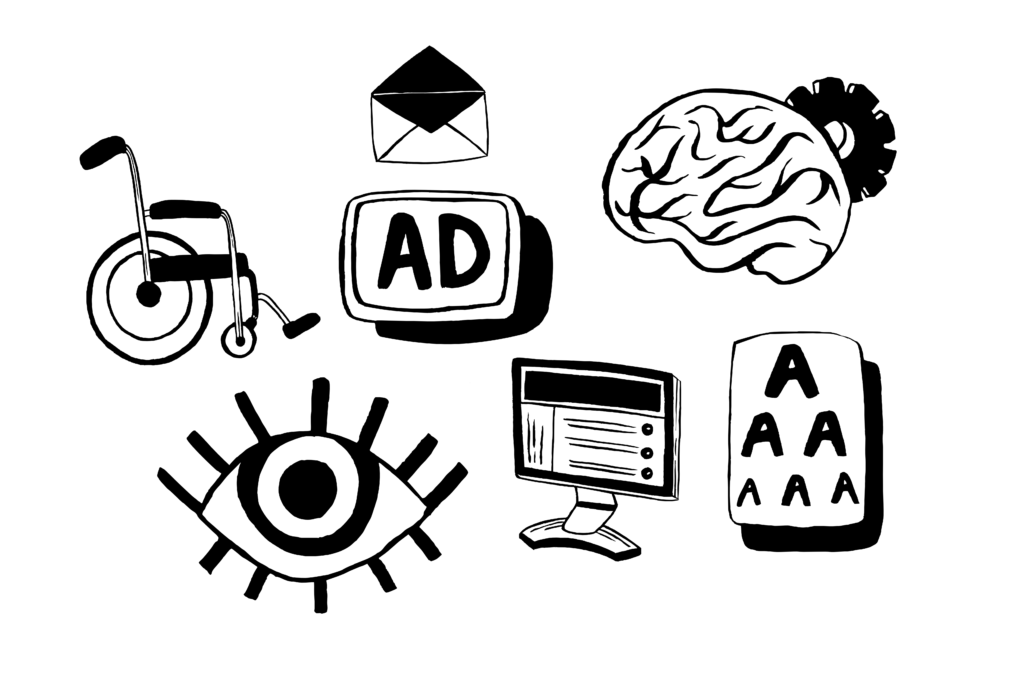Established in the 90s, Internet Explorer was one of the first web browsers where Web Developers had a browser that supported CSS. From its initial release, Internet Explorer grew and was commonly known for having both incredible speeds and being the most used web browser across the globe during the 2000s.
Now a thing of the past, Microsoft had stopped supporting all versions since 2016 by no longer providing security updates or technical support.
What led to IE being phased out?
Simply put, there are better tools out there. Microsoft Edge has better aesthetics and some greater features when compared with Internet Explorer.
That being said, all Microsoft browsers still support modern web standards such as HTML5 but Edge stays more up-to-date against other modern browser competitors out there such as Google Chrome. Edge is now automatically installed as part of Windows 10.
Speed is everything and pages take considerably longer to load than they should. Google Chrome is one of the fastest and most popular out there, outperforming Internet Explorer by a longshot according to w3schools most recent stats on browser popularity.
Why abandon IE entirely?
- There just isn’t much usage out there: for July of 2020 only 4.3% of w3schools visits were from Edge/IE compared with Google Chrome taking the majority at 81.3%.
- IE doesn’t support modern JavsScript standards, meaning Web Developers have to use JavaScript that does.
- IE doesn’t support modern CSS properties such as flexbox which means Web Developers have to oversimplify both design and code.
The main concern of supporting Internet Explorer in modern web development is the additional time required to make sure a website both looks good and functions well instead of potentially spending time on adding new features and improvements.
What this means for everyone
Both Web Developers and Web Designers can direct their attention to more widely-used browsers such as Google Chrome by having additional time to better the user experience. The amount of odd tricks developers had to use in order to ensure websites look good in every web browser will be less of a problem and although Microsoft has attempted an ongoing comeback with the use of Edge, it presents some frustrations and problems for developers.


